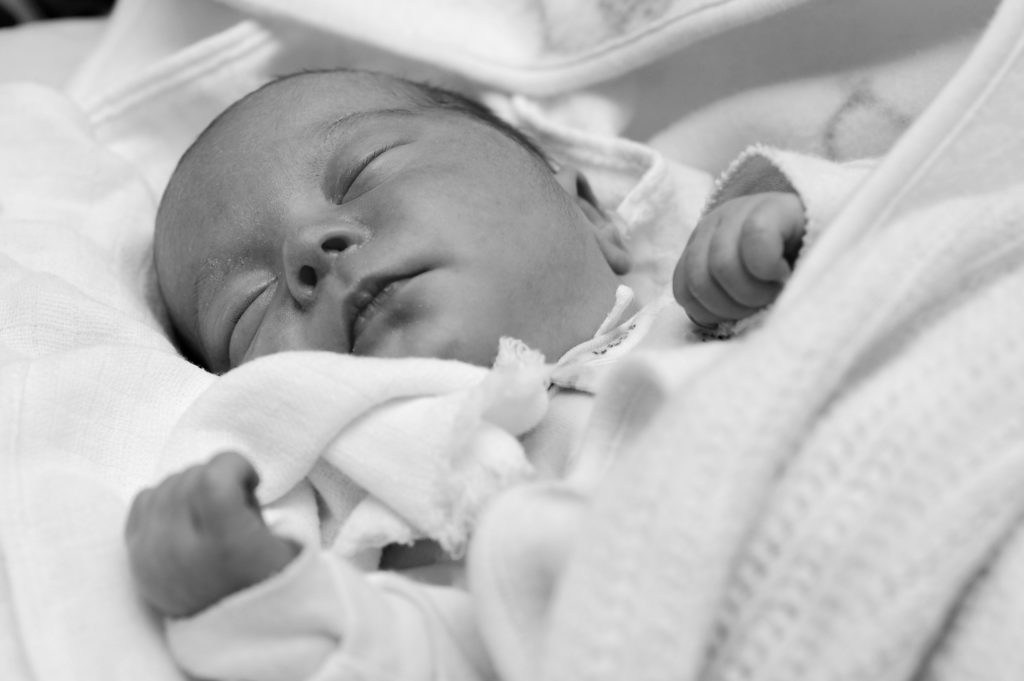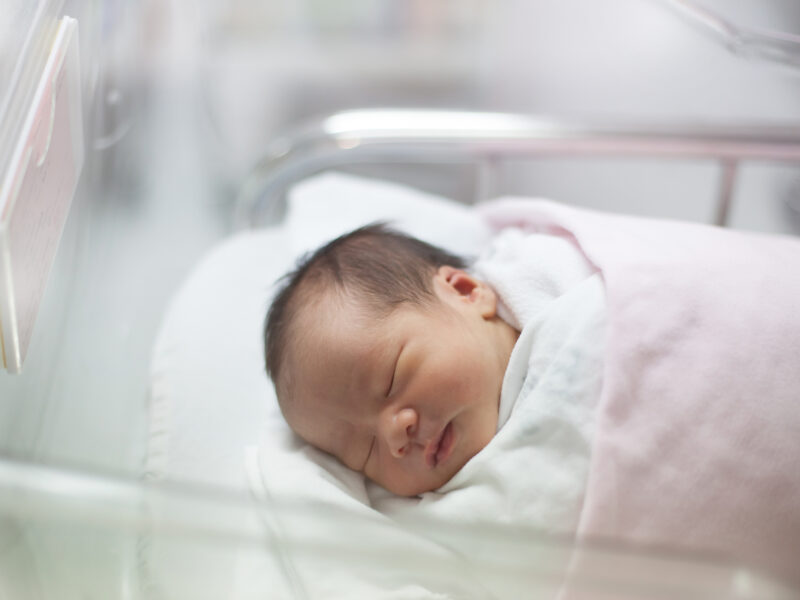Nafcillin is a Safe Alternative to Vancomycin for Empirical Treatment of Late-Onset Sepsis Among Infants in the NICU
Nafcillin is a Safe Alternative to Vancomycin for Empirical Treatment of Late-Onset Sepsis Among Infants in the NICU https://pediatricsnationwide.org/wp-content/uploads/2021/01/89925896-1-1024x681.jpg 1024 681 Mary Bates, PhD Mary Bates, PhD https://secure.gravatar.com/avatar/c6233ca2b7754ab7c4c820e14eb518c8?s=96&d=mm&r=g- May 04, 2022
- Mary Bates, PhD

Guidelines to reduce vancomycin use at three Ohio NICUs did not impact mortality rate.
In 2014, the Neonatal Antimicrobial Stewardship Program at Nationwide Children’s Hospital recommended nafcillin rather than vancomycin for empirical therapy of possible late-onset sepsis in infants without a history of methicillin-resistant Staphylococcus aureus (MRSA) infection or colonization. In a new study, researchers report that this change in treatment guidance was safe, sustained and resulted in similar mortality outcomes.
As preterm infant survival rates increased in the 1980s, coagulase-negative staphylococci (CoNS) emerged as the major pathogens causing late-onset sepsis among patients in the NICU. Because CoNS are resistant to many antibiotics, vancomycin in combination with an aminoglycoside were frequently used for treatment of suspected late-onset sepsis in NICUs. However, as vancomycin use increased in the United States and globally, concerns grew over bacterial resistance to the antibiotic.
Beginning in 2014, the Neonatal Antimicrobial Stewardship Program team at Nationwide Children’s recommended the use of nafcillin instead of vancomycin for empirical therapy of possible late-onset sepsis in newborns with no history of MRSA.
In the new study, researchers report their experience with this guideline and assessed the safety of the practice. They performed a retrospective review of all infants who received treatment for possible late-onset sepsis at three NICUs associated with Nationwide Children’s before (January 2013-May 2014) and after (January 2017-March 2019) implementation of the vancomycin reduction guidance. Subsequent antibiotic therapy was based on results of cultures obtained as part of the sepsis evaluation, with those infants known to be colonized with MRSA treated empirically with vancomycin.
“There has been a big push internationally to decrease vancomycin usage, and our Neonatal Antimicrobial Stewardship group successfully did it,” says Pablo Sánchez, MD, a principal investigator in the Center for Perinatal Research at the Abigail Wexner Research Institute and one of the study’s authors.
Dr. Sánchez and his colleagues, Jacqueline Magers, PharmD, Pavel Prusakov, PharmD, Sunday Speaks, RPh, and Sara Conroy, PhD, report that empirical use of vancomycin decreased by 70% after implementation of the guideline, while nafcillin use increased by 368%.
Importantly, in-hospital mortality was not significantly different before and after the change, says Jacqueline Magers, PharmD, an advanced patient care pharmacist at Nationwide Children’s NICU.
“We highlight three big safety outcomes: we didn’t have any prolonged positive cultures, we didn’t have any recurrence of the same infection within 14 days of stopping antibiotics, and the biggest one is no change in mortality,” she says.
Overall, Drs. Sánchez and Magers say they hope the study can serve as an example to other institutions that nafcillin can be a safe and effective alternative to vancomycin for empirical therapy of late-onset sepsis among NICU infants without a history of MRSA.
“Only about 5% of antibiotic use in the NICU is for positive cultures, while 95% is for empiric therapy where you don’t know if the baby is infected or not,” says Dr. Sánchez, who is also a professor of pediatrics at The Ohio State University College of Medicine.
“For years, infectious disease dogma dictated that when you think a patient is sick, you start with antibiotics that cover the most common pathogens — and we are not doing this. So, it was very important for us to demonstrate that we could reduce vancomycin safely, which we did.”
Reference:
Magers J, Prusakov P, Speaks S, Conroy S, Sánchez PJ. Safety and Efficacy of Nafcillin for Empiric Therapy of Late-Onset Sepsis in the NICU. Pediatrics. 2022 Apr 5:e2021052360. doi: 10.1542/peds.2021-052360. Epub ahead of print.
Image credit: Nationwide Children’s
About the author
Mary a freelance science writer and blogger based in Boston. Her favorite topics include biology, psychology, neuroscience, ecology, and animal behavior. She has a BA in Biology-Psychology with a minor in English from Skidmore College in Saratoga Springs, NY, and a PhD from Brown University, where she researched bat echolocation and bullfrog chorusing.
-
Mary Bates, PhDhttps://pediatricsnationwide.org/author/mary-bates-phd/December 27, 2016
-
Mary Bates, PhDhttps://pediatricsnationwide.org/author/mary-bates-phd/
-
Mary Bates, PhDhttps://pediatricsnationwide.org/author/mary-bates-phd/
-
Mary Bates, PhDhttps://pediatricsnationwide.org/author/mary-bates-phd/
- Posted In:
- Clinical Updates
- In Brief
- Research






